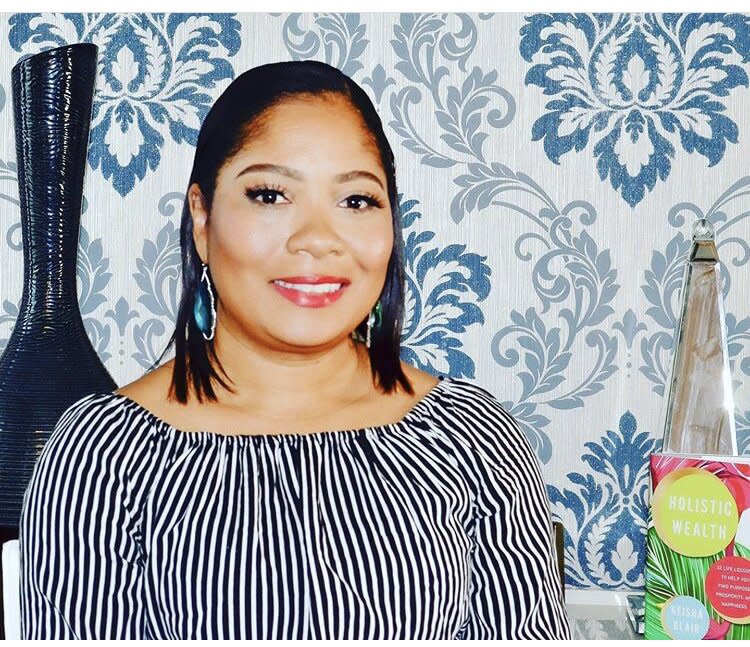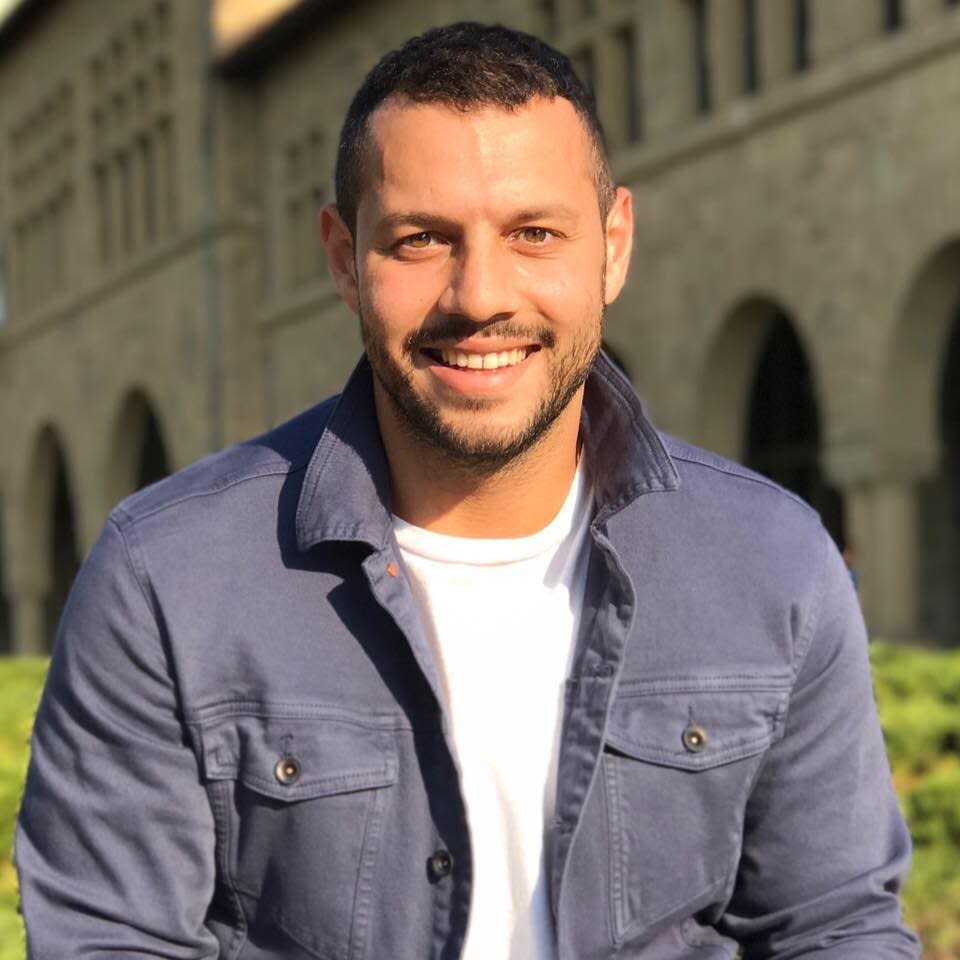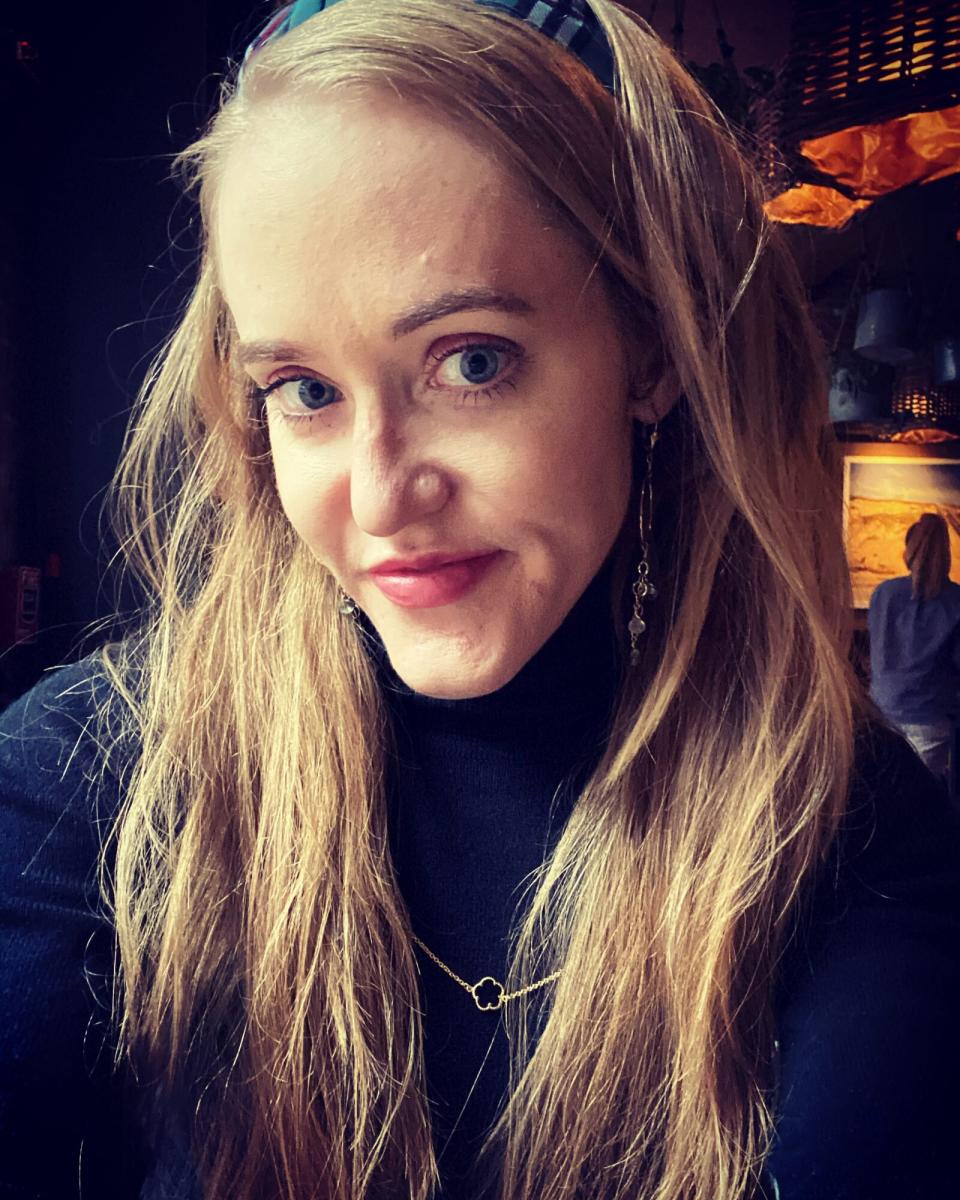A Singles Guide to Successful Retirement
Getty Images
For most of us, saving for retirement is a challenging task. But for a single-income household, retirement finances can be a particularly steep hill to climb—one marked by concerns and obstacles that couples with a dual income may not necessarily face.
A 2020 Retirement Confidence Survey conducted by the Employee Benefit Research Institute found that married workers are more likely to feel confident in their ability to afford a comfortable retirement than unmarried peers (82 percent versus 56 percent). The same report reveals that married workers are also more likely to express confidence in other financial aspects of retirement, such as having enough money to take care of basic expenses (87 percent versus 62 percent of unmarried workers); medical expenses (77 percent versus 54 percent), and having enough money to last their entire life (74 percent versus 47 percent).
For single women saving for retirement, the picture is even more concerning. A second study from the Employee Benefit Research Institute, this one focused on Gen Xers, found that single women made up fully half of the people in their study cohort who were at risk of not having enough money to cover basic retirement expenses. In fact, the anticipated shortfall for single women was $73,000 or twice the estimated average shortfall for single men and more than triple that of widows.
Ask financial advisors how to change this reality and you'll often hear familiar advice: Max out your 401(k) to earn those invaluable matching employer contributions, live below your means, find ways to generate additional income. Repeat.
While all of those steps are certainly important, as a slightly different take on how to address this challenge, we asked five singles who are well on their way to a securely funded retirement to share some of the approaches and steps that have proved particularly beneficial. Here's what they had to say.
John Dealbreuin, San Francisco
As a single person living in an especially pricey part of the country, one of John Dealbreuin's biggest money challenges when it came to saving for retirement was not being able to share the cost of living with a partner.
“On the other hand, being single helped me devote a lot more time and energy to my career,” says Dealbreuin, a first-generation immigrant from India and creator of the site Financial Freedom Countdown.
The time Dealbreuin poured into his career allowed him to earn a steady stream of additional raises and bonuses over the years, much of which he then funneled into retirement accounts. Dealbreuin says he managed to save more than 50 percent of his salary in tax-advantaged accounts such as a 401(k).
“As an immigrant worried about an uncertain future, I was frugal in my early days. The high savings rate I was achieving seemed natural,” Dealbreuin explains. “Even today, I will purchase an item only if I’ve invested an equivalent amount of money for retirement. Instead of buying a $40,000 car like my co-workers, I buy a $20,000 car and invest the remaining $20,000 for retirement.”
Another secret to his success? Dealbreuin devoted a great deal of time to learning the basics of personal finance, gradually growing to be well-versed in tax-advantaged accounts, investing strategies, and income-producing assets. All of which paid off. At age 41, after 12 years of following his strict budget and applying the lessons he'd learned about personal finance and wealth accumulation, Dealbreuin retired with $2.3 million in assets.
"My best piece of advice to other singles is to focus on earning more money and utilizing the free time and the lack of location constraint as a single person,” says Dealbreuin. “Invest the additional money generated with your human capital into income-producing assets to achieve retirement.”

Keisha Blair, New York
At age 31 and just eight weeks after giving birth to her second child, Keisha Blair found herself facing a devastating curveball few people ever anticipate. Her 34-year-old husband died unexpectedly and she was suddenly in the position of being the family's main (and only) breadwinner.
The experience taught Blair, an economist and Harvard University-trained policy expert, many life lessons about achieving and maintaining financial security. It also inspired her to write the book Holistic Wealth: 32 Life Lessons to Help You Find Purpose, Prosperity and Happiness. ($14.95, Amazon) Based on the success and reader demand generated by that book, Blair went on to create a certified holistic wealth consultant program, which focuses in particular on helping single women.
One of her most important pieces of advice for singles saving for retirement is this: Know your own personal financial identity. Likely a concept few of us ever think about, single or otherwise. But what does it mean exactly?
“Many of us end up following the crowd with our money and our spending decisions and end up making financial mistakes,” she explains. “For singles, this can be detrimental to retirement planning and building a solid retirement portfolio.”
You can get started establishing a financial identity by improving your financial literacy, which is also the greatest stimulant of wealth, says Blair.
Her second tip for those charting a solo journey through life is to “focus on resilience.”
“For singles, any life-altering setback, like a job loss or a serious illness, can jeopardize retirement savings,” explains Blair. “It’s therefore important to ensure that in the event of a setback, you would be financially prepared and that you don't have to drain your retirement accounts.”
In other words, having an emergency savings (at least nine to 12 months of income) is even more critical if you are a single-income household. While on this topic, it’s also more important as a single person to have a critical illness insurance policy.
“Everyone gets ill at one point or another, and an illness could prevent you from working for a few months or even years. Being prepared for a serious health issue is very important. You can address those risks with individual disability and critical illness insurance,” says Blair.
And one last point Blair shared that's worth fully understanding: If you're a single woman of color, the retirement security challenges are even more serious. Women of color tend to earn less income over time and face systemic barriers to wealth-building.
“Black women earn just 61 cents for every dollar a man earns, compared to the 82 cents per dollar wage gap for women of all other races,” she explains. “In other words, a Black woman has to work until age 86 to make the same amount of money a man earns by age 60.”
This has serious implications for how women of color save and plan for retirement with the little they have.
"While it’s dependent on the age group because I don’t want Black women to take on too much risk, they need to be more aggressive with their saving and investing strategy," says Blair. "Passive streams of income are also critical so that Black women can use the funds to save and invest for retirement."

Scott Hasting, Torrance, Calif.
Though he is only 34 years old, Scott Hasting has already managed to set aside $200,000 in savings, and $150,000 in investments entirely on his own. His goal is to retire at 50.
Amassing such a significant savings was no easy task initially, particularly given that Hasting is also a small business owner and therefore does not necessarily have a steady income. But these factors have also taught him some important hacks.
“While it definitely was hard at first juggling work, health, and finances, it truly was a learning experience. I had to think for myself and by myself,” says Hasting, owner of BetWorthy. “But over time, I believe the key to being able to retire successfully is to live below your means.”
For Hasting, that has included purchasing a two-bedroom apartment and renting out one room. This action has paid off tremendously. The rent alone from his tenant covers his utilities and all other residential expenses, excluding the mortgage.
“I also eat out only once a week and for the remaining six days, I cook food myself. Also, I don't spend at all on designer clothes or shoes, because I believe them to be a waste of anyone's money,” says Hasting.
One more tip from Hasting’s retirement journey: his top priority has always been to save smartly and invest wisely.
“Each month, 35 percent of my income goes into my savings account while 20 percent goes into different investments,” he explains. “I mainly invest in fixed-income securities, such as bonds. When you're living alone, you cannot afford to take on too much risk as you have no one to rely on. This is why I stay away from stocks and crypto.”
Hasting offers parting advice for all the singles out there reading his story: Your retirement savings should start today, not tomorrow or the day after.

Stephanie Bousley, Boston
Stephanie Bousley’s approach to securing her retirement as a single person was to buy an investment property early in life. She did so in 2014, at 32 years old, while employed as an executive assistant at a hedge fund. The property she purchased, in a suburb of the Twin Cities in Minnesota, cost $104,000.
“I've had the same tenant for the entire time and the property pays for itself. It's just a mortgage someone else is paying off and when I retire or if I need cash in the future, I can sell it for $150,000 to $200,000 and recoup a nice return on my investment, or keep it past when the mortgage is paid off and use the rental income as supplemental income in retirement,” says Bousley.
In 2017, Bousley went on to buy another property, and her advice for others hoping to take this step in order to secure their own retirement is to make sure the management costs plus the rent you can collect will be equal to or more than the cost of the monthly mortgage payments. Bousley also points out that if it was possible for her to successfully make such a purchase at a young age (and with $100,000 in student loan debt) so can many other people.
RELATED: How Real Estate Investing Can Help You Create Wealth And Gain Financial Freedom
“I bought a rental property while working as an executive assistant. I like to let people know that it is possible,” stresses Bousley. “The real barriers to getting a mortgage if you're single are the same as for anyone: bad credit and not having a steady income.”
“I’m a single person doing the best I can,” she adds. “I’ve done better than a lot of people my age.” All of which is why Bousley has written a book about her financial journey to help others (Buy the Avocado Toast: How to Crush Student Debt, Make More Money, and Live Your Best Life, 10.99, Amazon).

Mary Sullivan, Seattle
A single parent for the entirety of her income-earning adult life, Mary Sullivan was able to retire from the corporate world at age 59 to pursue her passion for helping other women with money. Looking back, she says there were three key lessons that allowed her to create a secure retirement.
First, she advises, educate yourself and become financially literate. To do this, take free budgeting lessons online or in your community if need be.
“Many community groups offer educational seminars and tips on how to budget and maintain a lifestyle that matches your income,” says Sullivan.
Next, seek out other single women who have been able to save and manage their financial household successfully and do your best to learn from them.
Finally, when it comes to investing, start small, start early, and diversify.
“Start with a minimal amount in a low-cost mutual fund based on your risk tolerance and learn how to emotionally and financially manage through the investment cycles,” says Sullivan. “Diversify your retirement savings, stocks, bonds, mutual funds, insurance, and real estate.”
The earlier you begin investing in these vehicles the better, but it's also never too late, says Sullivan. And while you’re at it, create a financial plan—this, too, is critical.
“It’s best to work with a financial professional, review your retirement goals, and to discuss your risk tolerance and timeline for retirement—whether it's 10 years or 20 years—as well as what you can afford to save monthly or annually,” explains Sullivan. “A comprehensive financial plan is best for any single woman because it allows you to take some control, no control, or all of the control for your investment decisions, depending on your comfort level.”
After retiring in 2021 well ahead of schedule, Sullivan launched a second career. She opened her own business Sweet But Fearless, which focuses on helping women with career and money. She also began offering free Financial Literacy 101 workshops in her community to share all that she’s learned.

Remember: mindset is half the battle
Each of us makes at least 36,000 decisions each and every day, says Blair, the author of Holistic Wealth. Given this fact, it’s critical that we're strategic about focusing on the things that enrich us and that add to our wealth and well-being. We must be equally understanding of the actions that deplete us financially and emotionally as we pursue retirement goals.
“So, thinking positively…getting rid of fear and getting rid of being overwhelmed all helps us to be more confident,” explains Blair. “Lifelong learning, getting more involved in our personal finances, and taking control of our money are also important actions, the value of which compound over time.”
If you're among those who are challenged by anxiety and fear when it comes to making financial decisions, particularly as a single person making decisions about how to successfully save for retirement, then start with baby steps that allow you to build confidence.
Begin by taking measured risks, including with investing, and gradually change your mindset so that you can achieve financial goals and successfully plot a course to your post-work life.
And know this: By starting right this very moment, you're taking a giant step to secure your financial future and your retirement.

